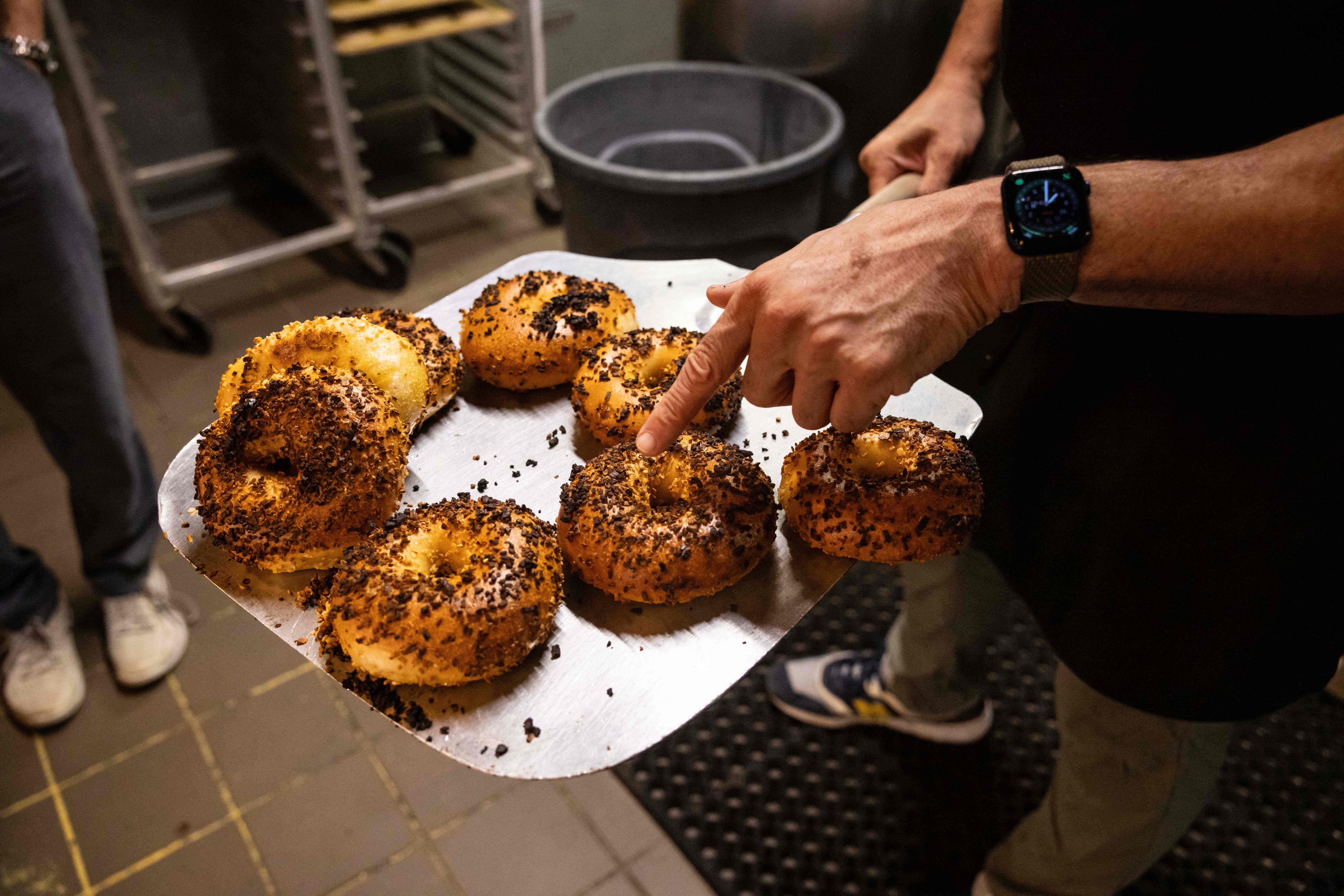What to Know
- The CDC looked at nearly 800 hotspot counties in the U.S. from June 1 to July 31 to determine whether certain age groups were driving the summer surge that saw the nation's case totals soar
- It found that in most regions, heightened positivity rates among people younger than 25 preceded the identification of hotspots -- and led to higher positivity rates among older, more vulnerable groups
- The connection was less noticeable in NY, NJ and CT in this report, which studied the time period where the infection rate was incredibly low; it also covered the time the tri-state travel quarantine was issued
People younger than age 25 fueled the COVID-19 surges across the U.S. over the summer that ultimately led to higher positivity rates among older, more vulnerable groups, a new Centers for Disease Control report finds. Notably, their impact was marginal in the Northeast, which had record-low infection rates at the time.
The report released Friday analyzes U.S. hotspot counties by region to determine whether specific age groups were driving the increases. The CDC looked at positivity rates by age group in 767 hotspot counties during June and July 2020 -- both before and after the counties were identified as viral hotspots. New York, New Jersey and Connecticut are all included in the Northeast analysis, though the time period assessed by the CDC did not cover the latest upticks in the tri-state.
Overall, the CDC found that percent positivity rates among people younger than 25 started to increase 31 days before hotspots were identified. Increases in percent positivity among older age groups followed quickly thereafter --- 28 days, 23 days and 20 days, respectively, before hotspot identification for age groups 25-44, 45-64, and older than 65, suggesting a clear transmission connection by age.
While percent positivity peaked for the younger age groups by the time the hotspot was identified, it continued to increase for the others for up to a full month -- and the decline in positivity rates was much slower among those 25+.

In hotspot counties in the Northeast, the CDC noted a small increase in percent positivity among persons aged 18-24 but minimal or no increases in other age groups during the time period assessed. That's likely because the tri-state area was seeing extremely low infection rates at that time, as other states experienced record-breaking death and case totals on a daily basis. It was within the time period studied that Govs. Andrew Cuomo, Phil Murphy and Ned Lamont implemented a 14-day quarantine order for people traveling to the tri-state area from U.S. hotspots. That order remains in effect.
Local
"These findings corroborate regional patterns in the southern United States, where increased percent positivity among adults aged 20–39 years preceded increases among those aged ≥60 years (2); provide evidence that among young adults, those aged 18–24 years demonstrate the earliest increases in percent positivity; and underscore the importance of reducing transmission from younger populations to those at highest risk for severe illness or death," the CDC said.
"There is an urgent need to address transmission among young adult populations, especially given recent increases in COVID-19 incidence among young adults," the report continued. "These data also demonstrate the urgency of health care preparedness in hotspot counties, which are likely to experience increases in COVID-19 cases and hospitalizations among older populations in the weeks after meeting hotspot criteria."
New York is currently battling soaring positivity rates in 20 hotspot ZIP codes, though the highest-risk cluster zone areas apply to less than 3 percent of the population. Gov. Cuomo unveiled a sweeping slate of restrictions this week targeting those cluster areas. In the city, fines of up to $15,000 a day can accompany noncompliance with the new rules. They took effect Thursday and will remain in effect for at least the next two weeks as officials evaluate the numbers.



